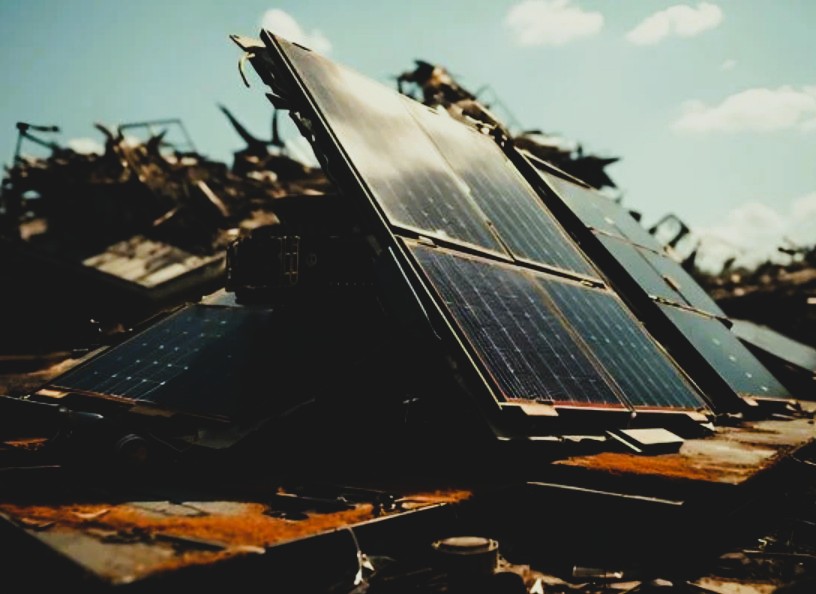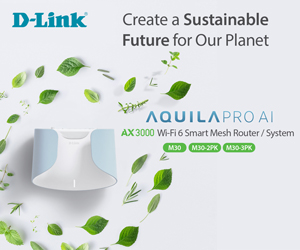Old solar panels are ending up in landfills as Australia grapples with the waste tsunami that will hit within the next ten years.
This article is for the reader’s interest only and explains the current recycling options for rooftop solar panels, inverters and batteries.
There are currently about four million Australian homes with 150 million solar panels on their roofs. Estimates are that about 4 million panels are ‘decommissioned’ each year due to hail damage and the reasons below.
The reasons are simple
Mass-market cheap panels used in the 1990s and 00s are way past their end-of-life. This is primarily because manufacturing methods were not as advanced as they are today, and they began to delaminate and corrode.
We were promised that they would have 90% operational capacity after 20-25 years, but they don’t. Tests are showing that they are reaching this after 10 years, and many are at 60% capacity after 20 years.
Heavy/long-term shading on old DC systems with string inverters is a key reason panels begin to fail/underperform ahead of time. If some of your panels sit in shade for half the day, you can expect severe performance issues as they age.
Environmental issues can cause premature wear. Panels used in marine areas must be front and back sealed to stop salt oxidation. No cheap panel has this. Add Light-Induced degradation (LID—too much light for too long), cold-temperature degradation (CTD when exposed to -18° for too long), Potential-Induced Degradation (PID from higher-than-normal UV levels and irregular shading patterns), and Age-Induced Degradation (AID).
Panels need regular cleaning. Bird droppings, moss, dust and leaves can shorten a panel’s life.
Another reason for the tsunami is that most systems use cheap string inverters, and the panels must all be the same. You must replace any damaged ones with the same model and capacity, or replace the lot. The chances of getting that exact panel a few years later are slim. Many installers have gone out of business, leaving warranties that are not worth the paper they are written on.
WARNING: STC rebates are available only once and are linked to an address. Panel, inverter or battery replacement does not get STCs.
Of course, this is a general statement about old solar panels because technology and materials have changed, panels have become more efficient, and performance warranties have increased from 10 years to as long as 25 years.
That is why we recommend using AC microinverters on each panel rather than string inverters, because you can mix panels and capacities without lowering the output to that of the most poorly performing one. You don’t suffer from shading issues either, as each panel is independent of the others. AC microinverters help extend a panel’s usable life.
As a rule of thumb, manufacturers and contractors advise replacing a panel if its efficiency falls below 80%. If you own older panels, check your app. There is no need to replace them unless they are not producing enough for your needs.
Can they be recycled?
There is an embryonic recycling industry that is recycling about 10% of the decommissioned panels. That still means 3,600,000 panels (up to 100,000 tonnes) go to landfill, and that number is expected to double over the coming years.
Recyclers can extract about 85% of the raw materials (aluminium frames, cover glass, silicon, silver and copper) used in a standard 20kg panel. But that is pelletised, only worth $20 at best. There are no chemical separation and extraction treatments in Australia to unlock any more value. And frankly, there is a limited Australian market for the recycled material.

Add in labour and processing costs, and recycling costs about $1000 per tonne (50 panels), and it’s simply not worth the effort. Most recyclers survive on government subsidies (our taxpayer dollars at work).
A key consumer issue is the dismantling cost.
Most installers charge between $200 and $500 per panel to remove it from your roof and transport it to the ground. We have heard of far higher costs for difficult removals requiring scaffolding or cranes.
The other issue is that the freight costs to take panels to a recycler or tip can be several hundred dollars (estimated up to $40 each). Landfill tip prices are about $100 per tonne (50 panels), and it depends on the tip.
South Australia and Victoria have classified solar panels as e-waste and banned them from landfills. However, that message has yet to permeate many of the tip operators, who are still treating them as building waste.
The first step is to contact your local council for advice. You can also try scrap metal dealers in your area.
A national recycling scheme was being considered
Although exporting e-waste to third-world countries has essentially been banned, it still happens, and solar panels are right up there, being classified as recyclable building material. Cheap labour makes recycling more attractive.
The government was considering a recycling levy on all new panels. The National Product Stewardship Scheme was announced by then-Minister Tanya Plibersek to be implemented in 2022-23. It did not happen, and was later slated for implementation by 2025!
Ironically, the scheme was predicated on 55,000 tonnes of old solar panels by 2030. In a scant two years, it has been upgraded to 75,000 and will reach a million tonnes by 2035.

No levy has been agreed on, but there are concerns that it must cover dismantling, freight, handling, and incentives to recyclers, as a $22 recovery per panel does not create a viable recycler industry. Analysts suggest the figure is closer to $100 per panel, and that killed the idea, as the Government wants its Paris Accord targets to be met and to address the problem later!
Wait, there is more
While panels may have a useful life of 25 years, a huge issue has started with old inverters, which have a life of less than 8 years (modern ones may get 15 years, and microinverters are around 25 years).
These must be removed by a qualified electrician (typical cost $250-300) and dropped off at an e-waste collection point.
While the raw materials are not considered toxic, they are classified as e-waste and specialist recyclers can recover aluminium, copper, plastic or metal casings.
Lithium-ion Batteries
While these are highly recyclable, we lack the technology to recover and separate the valuable minerals.
Batteries must be removed by a qualified electrician (typical cost $500-700). As a 5 kWh battery can weigh up to 100kg, qualified materials handling is required (freight charges can be another $500). Dropping a Lithium-ion battery can result in a spectacular fire that you can’t put out.
These batteries must be taken to an e-waste facility that can handle larger batteries and may incur a charge.
Some manufacturers (not many) have dedicated battery return programs.
CyberShack’s view: Old solar panels create a waste tsunami – it is happening now
While we all focus on the best price to install a system on the roof and how much money we will save, we don’t consider the costs of removing and replacing it at the end of its life.
As the problem grows, the government (local, state, and federal) will undoubtedly revisit the National Stewardship Scheme. We can only hope the levy is small enough and spread over the entire industry so as not to discourage installation in the first place.
Until then, the consumer is responsible for potentially several thousand dollars of disposal costs.








Comments